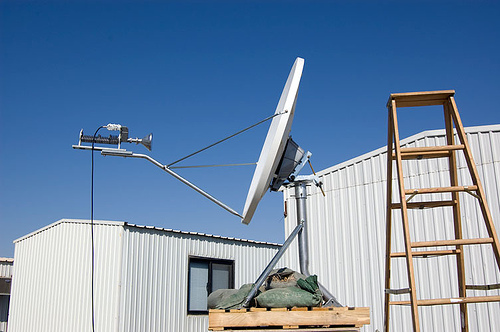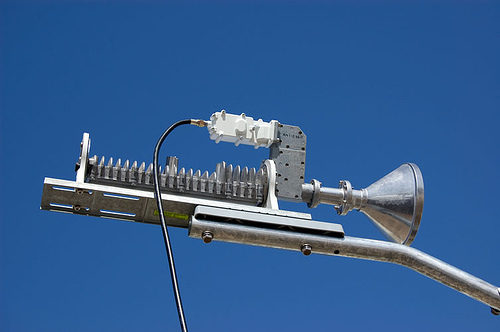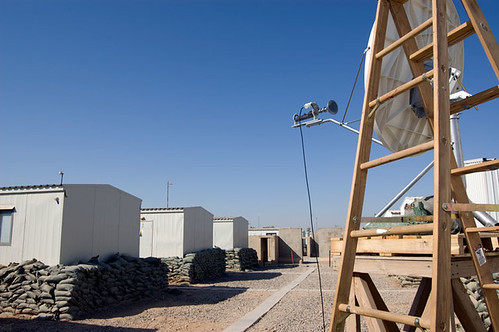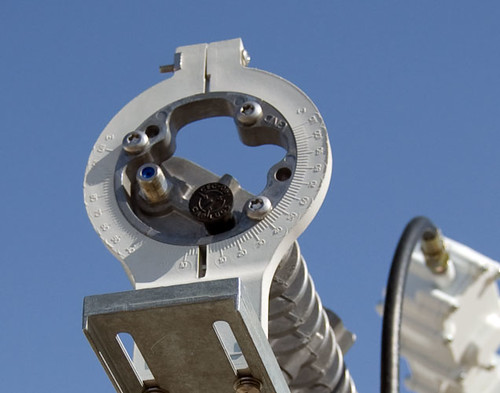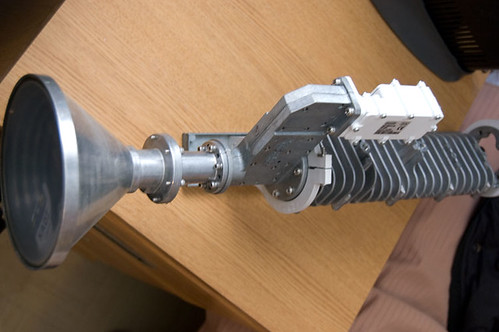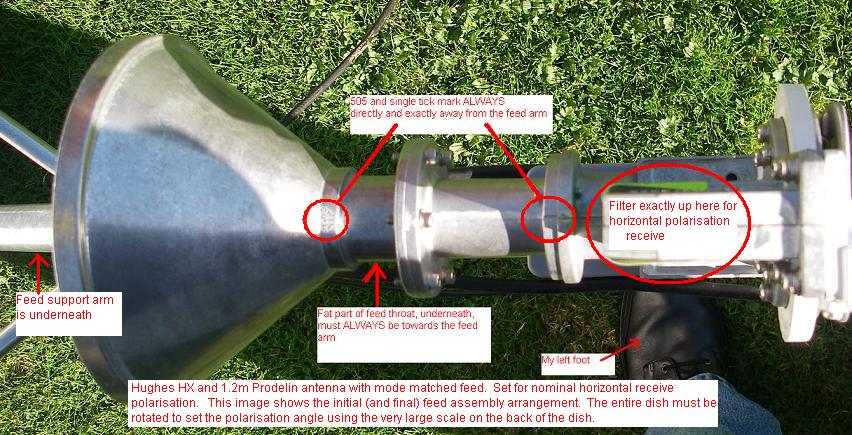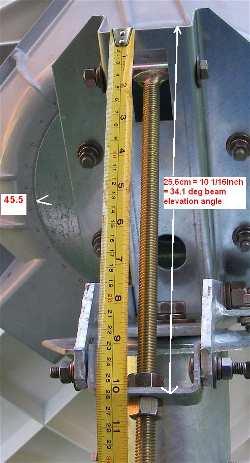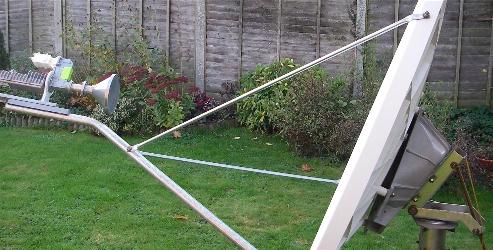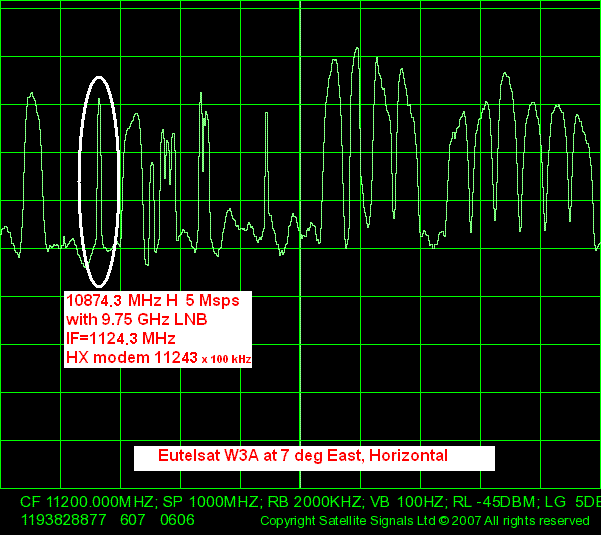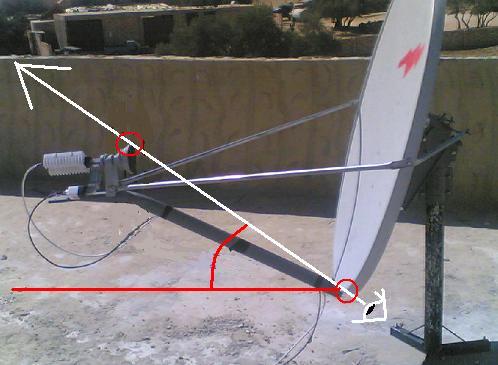| Home Login Register |
| Satellite Internet forum › HughesNet and Hughes HX VSATs › HX 50 install and pointing problem |
|
Pages: 1
|
HX 50 install and pointing problem(Read 42611 times) |
|
Ex Member
Ex Member
|
Oct 30th, 2007 at 9:37am
|
| Back to top |
« Last Edit: Feb 7th, 2019 at 4:11pm by Admin1 »
IP Logged
|
|
Eric Johnston
Senior Member
★★★ Offline Posts: 2109 |
Reply #1 - Oct 30th, 2007 at 12:29pm
|
| Back to top |
« Last Edit: Feb 7th, 2019 at 4:05pm by Admin1 »
IP Logged
|
|
USN - Retired
YaBB Moderator
★★★★★ Offline Posts: 837 Kentucky (USA) |
Reply #2 - Oct 30th, 2007 at 12:55pm
|
| Back to top |
« Last Edit: Oct 30th, 2007 at 11:57pm by USN - Retired »
USN (Ret)
IP Logged
|
|
USN - Retired
YaBB Moderator
★★★★★ Offline Posts: 837 Kentucky (USA) |
Reply #3 - Oct 30th, 2007 at 1:04pm
|
| Back to top |
USN (Ret)
IP Logged
|
|
Eric Johnston
Senior Member
★★★ Offline Posts: 2109 |
Reply #4 - Oct 30th, 2007 at 1:41pm
|
| Back to top |
« Last Edit: Feb 7th, 2019 at 4:06pm by Admin1 »
IP Logged
|
|
Eric Johnston
Senior Member
★★★ Offline Posts: 2109 |
Reply #5 - Oct 30th, 2007 at 3:02pm
|
| Back to top |
« Last Edit: Feb 7th, 2019 at 4:08pm by Admin1 »
IP Logged
|
|
USN - Retired
YaBB Moderator
★★★★★ Offline Posts: 837 Kentucky (USA) |
Reply #6 - Oct 31st, 2007 at 12:05am
|
| Back to top |
USN (Ret)
IP Logged
|
|
Ex Member
Ex Member
|
Reply #7 - Oct 31st, 2007 at 2:29am
|
| Back to top |
IP Logged
|
|
Eric Johnston
Senior Member
★★★ Offline Posts: 2109 |
Reply #8 - Oct 31st, 2007 at 11:41am
|
| Back to top |
« Last Edit: Feb 7th, 2019 at 4:09pm by Admin1 »
IP Logged
|
|
Ex Member
Ex Member
|
Reply #9 - Oct 31st, 2007 at 12:04pm
|
| Back to top |
IP Logged
|
|
Ex Member
Ex Member
|
Reply #10 - Oct 31st, 2007 at 6:45pm
|
| Back to top |
IP Logged
|
|
USN - Retired
YaBB Moderator
★★★★★ Offline Posts: 837 Kentucky (USA) |
Reply #11 - Oct 31st, 2007 at 9:24pm
|
| Back to top |
« Last Edit: Oct 31st, 2007 at 11:28pm by Admin1 »
USN (Ret)
IP Logged
|
|
Eric Johnston
Senior Member
★★★ Offline Posts: 2109 |
Reply #12 - Oct 31st, 2007 at 11:25pm
|
| Back to top |
« Last Edit: Feb 7th, 2019 at 4:10pm by Admin1 »
IP Logged
|
|
Ex Member
Ex Member
|
Reply #13 - Nov 2nd, 2007 at 7:11am
|
| Back to top |
IP Logged
|
|
Eric Johnston
Senior Member
★★★ Offline Posts: 2109 |
Reply #14 - Nov 2nd, 2007 at 8:16am
|
| Back to top |
« Last Edit: Feb 7th, 2019 at 4:10pm by Admin1 »
IP Logged
|
|
USN - Retired
YaBB Moderator
★★★★★ Offline Posts: 837 Kentucky (USA) |
Reply #15 - Nov 2nd, 2007 at 11:25am
|
| Back to top |
USN (Ret)
IP Logged
|
|
Ex Member
Ex Member
|
Reply #16 - Nov 2nd, 2007 at 5:39pm
|
| Back to top |
IP Logged
|
|
Eric Johnston
Senior Member
★★★ Offline Posts: 2109 |
Reply #17 - Nov 3rd, 2007 at 6:50pm
|
| Back to top |
« Last Edit: Nov 3rd, 2007 at 9:25pm by Eric Johnston »
IP Logged
|
|
bentley
Member
★★ Offline Posts: 7 |
Reply #18 - Jan 10th, 2008 at 4:10pm
|
| Back to top |
IP Logged
|
|
Pages: 1
|
Email me: eric@satsig.net
Powered by YaBB 2.5.2!
YaBB Forum Software © 2000-. All Rights Reserved.
Disclaimer, Terms of Use and Privacy Forum User Agreement Forum rules Cookie policy.



